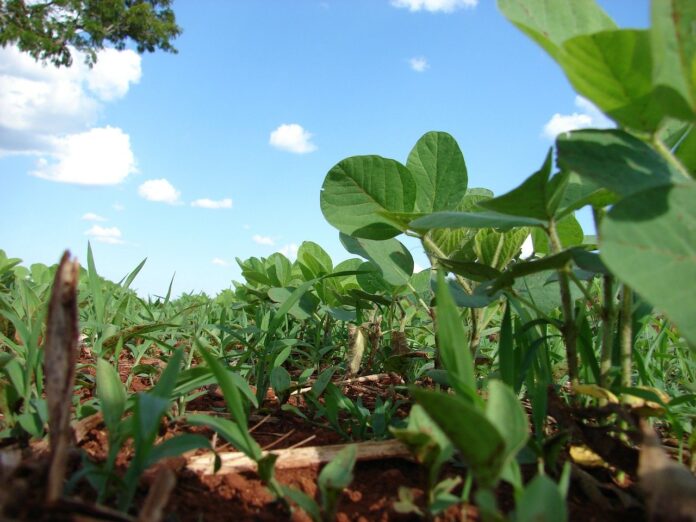The USDA changed almost nothing in the report, but that was expected. The only real change was to downgrade the corn crop in Brazil by 1 million metric tons, and the soybeans by 5 MMT.
The crops in Argentina and Paraguay were lowered, but not as much so that USDA took 9 MMT of soybeans off the projections. Interestingly, Brazil’s estimate was still 9 MMT lower officially than the USDA estimate, so the worst is not yet in the estimates if Brazil is correct.
The result of this news action was to give us new highs in corn and soybeans and then inspire a sell-off on Feb. 10 as a knee-jerk reaction.
Those who thought the highs were then in were surprised when prices firmed Feb. 11 instead of continuing lower. That could mean that the highs are not in this dynamic market.
March corn futures made the high early Feb. 10 at $6.623⁄4. The Feb. 11 reaction low was at $6.373⁄4, so we had a 25-cent range in a day.
The morning of Feb. 15 we were trading sharply lower at $6.431⁄2, down 121⁄4 cents. That is not a good sign for new highs to come, but we will see what develops.
The March soybean futures made a new high Feb. 9 at $16.33. The morning of Feb. 15, we were clear back down at $15.521⁄4, more than 80 cents lower. I know soybeans swing in large ranges, but this makes for interesting trading.
Perhaps, with reflection, the soybean yields out of South America were already “in the market.” Perhaps there was profit-taking after the big new high. Perhaps I am struggling to find the real reason for this kind of volatility!
Grain
The net for the grain last week was significant. The March soybeans were up 291⁄2 cents. The November contract gained 481⁄4 cents. March corn futures gained 301⁄2 cents, with the December contract up a net 21 cents. By any measure, these are huge changes and have not held up very well.
A return near the highs is certainly a good sales objective even if we do go higher. Fundamentally, the other undecided bit of news is still the March 31 USDA planting intentions report.
This is the time of year when we talk about soybean “buying acres” from corn, and corn “buying acres” from soybeans. This is an interesting concept, in which we personify grain markets beyond reality.
High input costs
In fact, there may be some change in acres this year simply because soybeans and corn are both historically very high, but the corn producers are struggling with high input costs which may make soybeans look better.
Normally when input costs soar, it is after farmers have had some opportunities to commit early to cheaper prices. That did not really happen this year, and farmers are at the mercy of the high-priced inputs, especially fertilizer.
The fertilizer, as we have discussed, is worst in the nitrogen markets, where high cost of natural gas for production has raised the value of nitrogen. This is especially bad as significant nitrogen normally comes from Europe where the natural gas is especially high.
The other reality, however, is that farmers are already committed to acres by early purchases of inputs. It is my view that we rarely actually change the mix of acres in reaction to markets unless the corn/bean ratio is really out of whack. The change more often comes because of weather that delays corn planting to the extreme.
All of this means that we are really looking forward to March 31.
All three wheat futures markets were strongly higher this week, but they actually are just rebounding. Chicago futures were up 34 cents, but that just gets them back in the middle of the dollar range of the last month.










